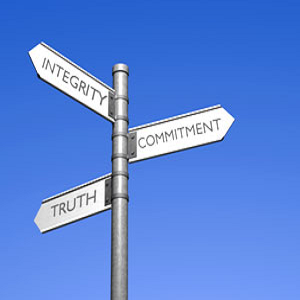A Coaching Model Created by Vishwanath Parameswaran
(Executive Coach, INDIA)
I never cease to be amazed at the power of the coaching process to draw out the skills or talent that was previously hidden within an individual, and which invariably finds a way to solve a problem previously thought unsolvable. John Russell, Managing Director, Harley-Davidson Europe Ltd.
The 4 Es + 1 E coaching model
Introduction:
 The above quote and image represent the true power of coaching. For me, the real power of coaching is to enable people to transcend their own limitations and reach their true potential. A space which allows the individual to reflect, make choices, act and move beyond one’s own definitions of oneself.
The above quote and image represent the true power of coaching. For me, the real power of coaching is to enable people to transcend their own limitations and reach their true potential. A space which allows the individual to reflect, make choices, act and move beyond one’s own definitions of oneself.
The 4 Es + 1 E model envisages 4 stages in the coaching process with the last 1 E being a part of the entire process – from start to completion. Each step of the process highlights the key areas that a coach must cover to ensure the effectiveness of the coaching conversation – in essence allowing the client to reach his true potential.
Steps of the 4 Es + 1 E Coaching Model
1. Engage

The first step in the coaching process is building an engagement with the client. My experience suggests that we must walk through 3 specific steps to ensure that this aspect is fully dealt with. The three sub steps under the head of “Engage” are as follows:
2. Explore

Once the goals and objectives for the session have been clarified and agreed upon, the coaching conversation moves to the “exploration” phase. It is important to remember that this is where the client’s view of the problem expands and the questions below and sub-steps are intended to cater to the same
To move through the phase effectively, we suggest, that coach guide the client through three specific steps to ensure that the exploration is as complete and comprehensive as can be. The steps below also align with facilitative methods used for brainstorming, consensus building and decisionmaking.
The following sequential steps are recommended to move through this phase:
